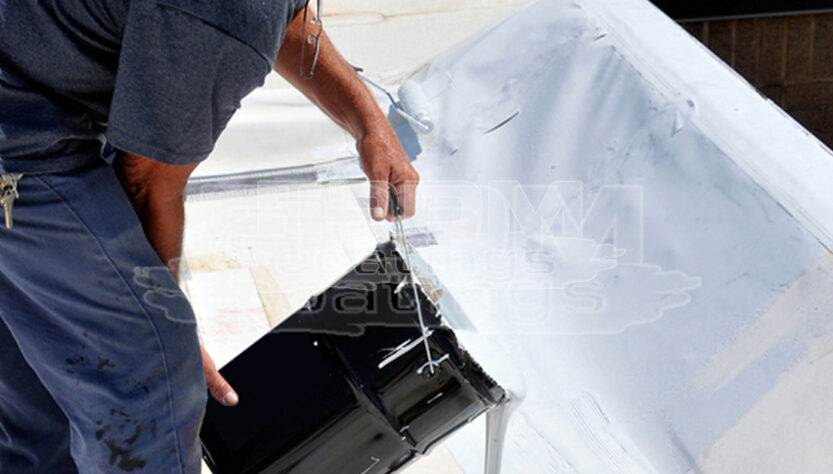If your business or home has a flat roof, or a low-slope roof, you have options in terms of roofing systems that go beyond conventional asphalt shingles, shakes, and the like. EPDM rubber roofing is one of the most popular options on the market, and it can offer quite a few benefits for business owners and homeowners. However, it is not the right solution for everyone. Is it right for your particular needs? We’ll help you make an informed decision.
A Quick Look at the Benefits of EPDM Rubber Roofing
EPDM offers quite a few benefits and advantages as a roofing material when compared to other options on the market. Understanding these is key to making the right decision.
- Cost: You’ll find that EPDM rubber roofing is more affordable than many roofing systems on the market. The lower cost per square foot allows you to save money on your construction or re-roofing project that can be reinvested in other areas or saved outright. However, you do not need to worry that because EPDM is low-cost, that you will suffer with low-quality roofing. It is actually stronger and more durable than many other roofing systems used today.
- Weight: Weight is a significant consideration with any type of roof cladding. The roof system and substrate must be strong enough to handle the load. With other roofing materials, ranging from asphalt shingles to slate or terracotta tiles, the weight can be immense. EPDM rubber roofing is much lighter, helping to reduce stress and strain in your roofing system without sacrificing protection or durability.
- Durability: The roof of your home or business is one of the most critical components. It must withstand harsh temperatures, direct sunlight, exposure to wind, rain, sleet, snow, and ice, and it must do so for decades without degrading. That’s a tall order to fill for any material, but EPDM rubber roofing does so very well. In fact, it’s one of the most durable materials on the market, with a lifespan surpassing 50 years with correct installation.
- Ease of Maintenance: Most roofing systems require very little in the way of maintenance, but EPDM rubber roofing is particularly low-maintenance. It simply needs to be cleaned once or twice per year to remove dust. With a quality protectant applied to it, even mildew will not be a problem. Few other roofing materials can claim that – even asphalt shingles can suffer from mildew and mold buildup.
- Ease of Installation: Installing EPDM rubber roofing is also very simple. In fact, it can be done in mere hours in most cases. Compare that to the days required for other systems and you begin to see just how beneficial this option is. All you need to apply it is a roller and a brush, although a sprayer may also be useful for applying it to large, open areas of the roof quickly and evenly.
The Drawbacks of EPDM Rubber Roofing
While there are many benefits and advantages to using a rubber roof product, there are some cons that you should know about, too.
- Professional Installation: In most cases, you’ll need to let a professional handle installation to make sure that it’s done right. So, if you’re the DIY type, this is most likely a hands-off sort of project. This also goes for most large-scale repairs, although home and business owners can often handle small repairs on their own.
- Roof Protrusions: Roof protrusions and other potential problem areas need to be addressed before EPDM rubber roofing is installed to prevent punctures and other damage.
In the end, rubber roofs may not be the right choice for everyone, but they are increasing in popularity thanks to their wide range of benefits and advantages.


